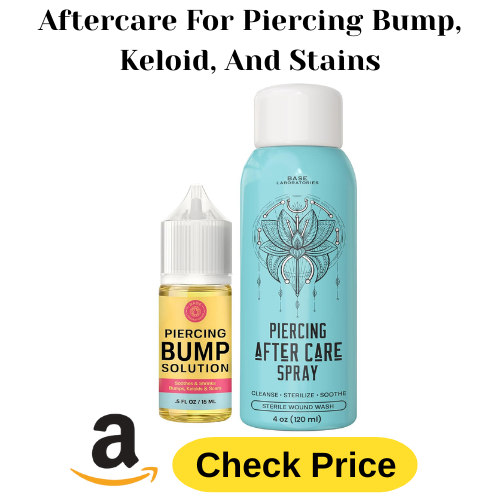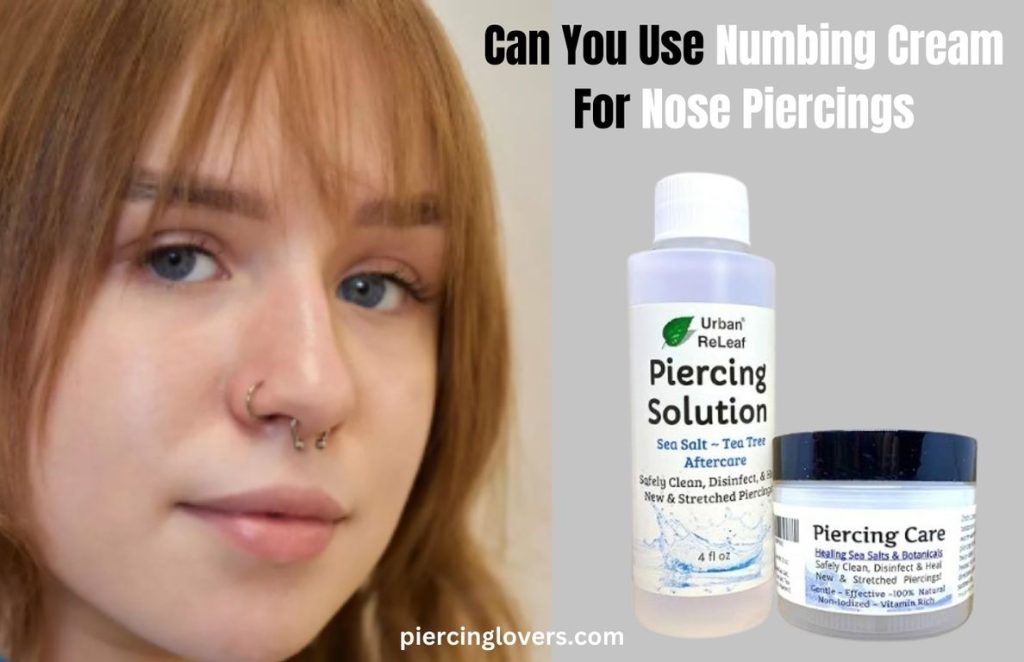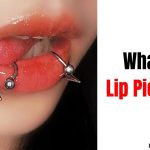Numbing cream is a topical anesthetic that reduces pain by blocking nerve signals. Common active ingredients like lidocaine and prilocaine temporarily numb the skin, making procedures such as piercings, tattoos, and injections more comfortable, especially for those with low pain tolerance or anxiety about pain.
But can you use numbing cream for nose piercing? Yes, you can use numbing cream for nose piercings, but it’s essential to consult with your piercer first and follow the correct procedures to ensure safety and effectiveness.
How Does Numbing Cream Work
When you apply numbing cream to your skin, the active ingredients penetrate the surface and start working to numb the area. This process usually takes about 30 to 60 minutes to reach full effect. For the best results, it’s essential to spread the cream evenly over the area you want to numb and then cover it with plastic wrap to help the cream absorb into the skin more effectively. This creates a barrier that keeps the cream from drying out and allows it to penetrate deeper into the skin.
Can You Use Numbing Cream For Your Nose Piercing
Consult Your Piercer: Before using numbing cream for a piercing, it’s crucial to talk to your piercer. They can provide advice on whether it’s a good idea and recommend specific products that have worked well for others. Some piercers might prefer you not to use numbing cream because it can change the skin’s texture, making the piercing process more difficult and potentially increasing the risk of complications.
Choose the Right Cream: If your piercer gives you the go-ahead, it’s important to choose a numbing cream that is safe and effective. Look for products that contain lidocaine or prilocaine, as these ingredients are well-known and commonly used for their numbing effects. Make sure to purchase from reputable sources to avoid counterfeit or unsafe products.
Follow Instructions: Proper application of numbing cream is essential for it to be effective. Apply the cream according to the instructions on the package. Generally, you’ll need to apply a thick layer of the cream about an hour before your piercing appointment. Cover the area with plastic wrap to help the cream absorb into the skin and prevent it from drying out or rubbing off.
Understand Limitations: Numbing cream can help reduce pain, but it might not eliminate it entirely. Pain tolerance varies from person to person, so while some people find significant relief with numbing cream, others may not notice much difference. Additionally, the numbing effect may not be as strong in areas with thicker skin or higher nerve density.
So its now clear to you can you use a numbing cream for piercing or not. In our previous article we will talk can you use a numbing cream for ear piercing, so stay with us.
Pros and Cons Of Using Numbing Cream For Piercing
Pros:
- Increased Comfort: Numbing cream can make the piercing process more comfortable, especially for those with low pain tolerance or anxiety about the pain.
- Reduced Anxiety: Knowing that you have taken steps to reduce pain can help alleviate anxiety about the procedure.
Cons:
- Variable Effectiveness: Numbing cream might not work equally well for everyone. Some people may still feel significant discomfort despite using the cream.
- Skin Texture Changes: Numbing cream can alter the skin’s texture, making the piercing more challenging for the piercer. This could potentially lead to a less precise piercing or other complications.
- Allergic Reactions and Side Effects: Some people may experience allergic reactions or side effects from the ingredients in numbing cream. It’s important to do a patch test before using the cream on a larger area.
Frequently Asked Questions
Using numbing cream for a nose piercing can be a helpful way to manage pain, but it’s important to use it correctly and responsibly. Always consult with your piercer beforehand, choose a reputable product, and adhere to all application instructions. Remember that some discomfort is normal and part of the experience of getting a piercing. With proper care and consideration, you can make the process as smooth and pain-free as possible. By taking these steps, you can ensure a positive experience and enjoy your new piercing with confidence.




